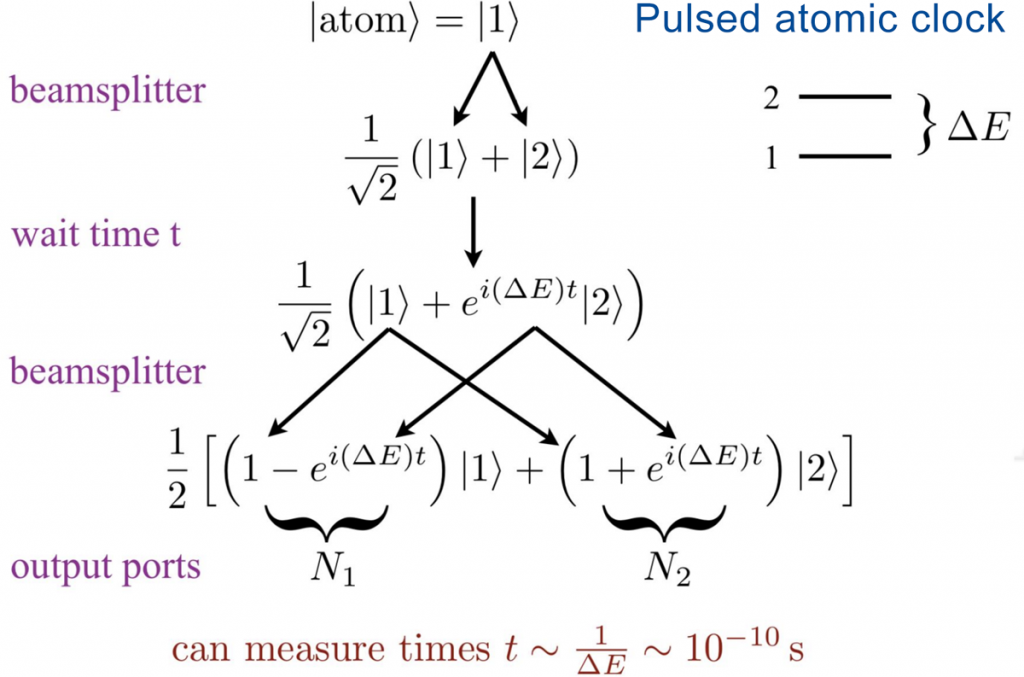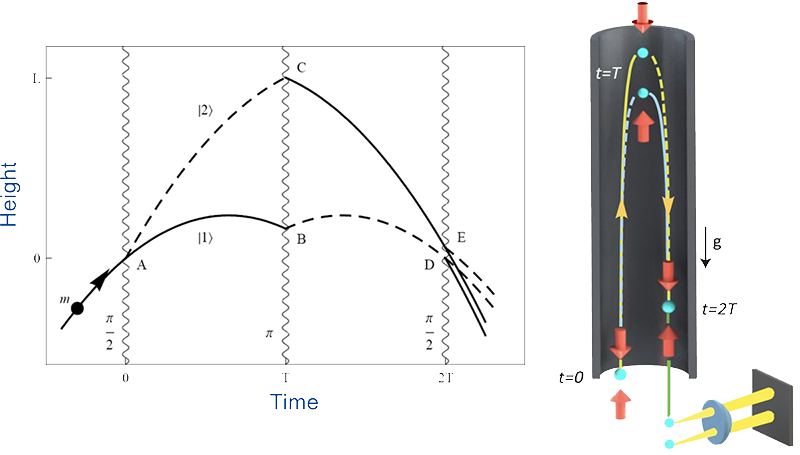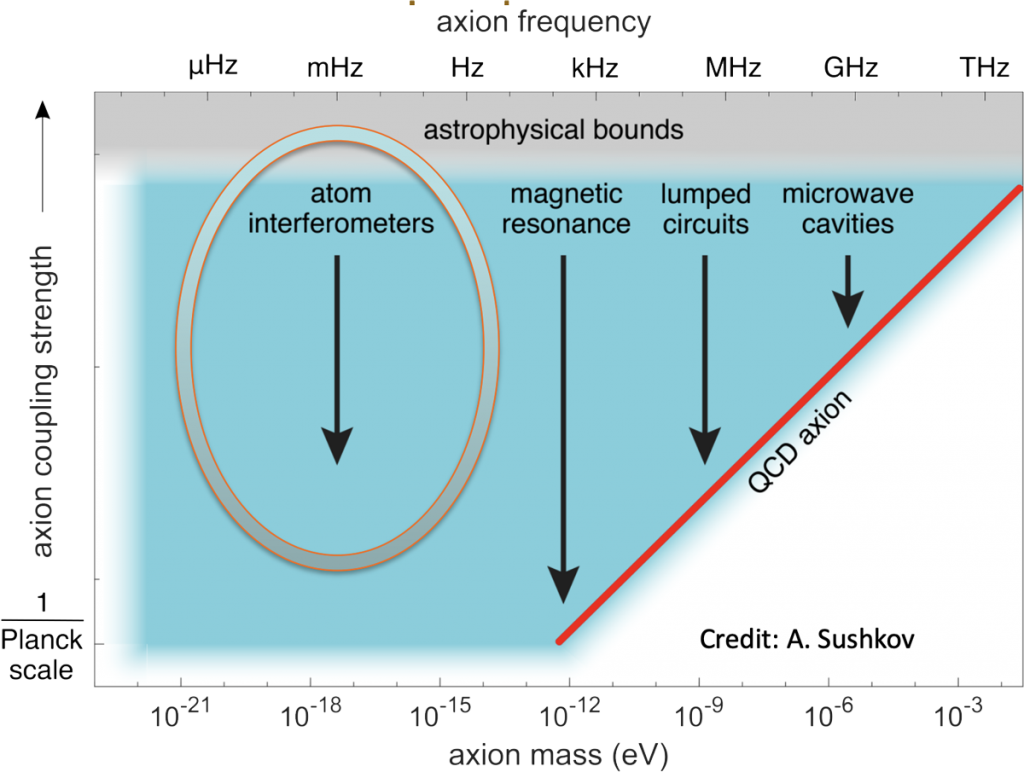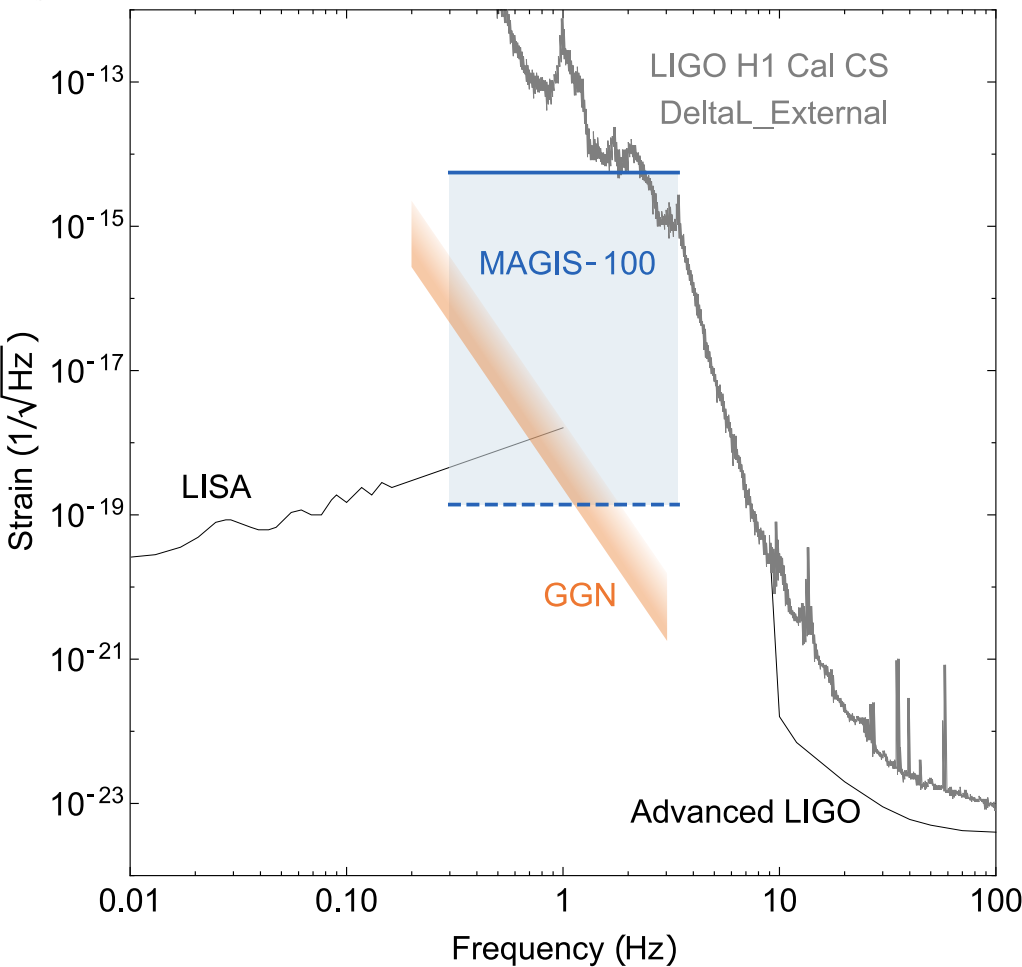Pushing the quantum boundaries
Erwin Schrödinger’s famous Schrödinger’s cat thought experiment was designed to illustrate a key principle of quantum mechanics: the paradox of superposition. He theorized that if a cat and a deadly, randomly activated poison are placed together in a sealed box, that cat can be considered both alive and dead until the box is opened. This principle is applied in atomic clocks, where single atoms can simultaneously move at different speeds — a feature that enables them to reach high levels of precision.


MAGIS-100 will test how far an atom’s two different states can be driven apart. The expectation is that it will be able to at least triple the current record distance of 54 centimeters, which was achieved by a group at Stanford University. In addition, MAGIS-100 aims to extend the amount of time an atom spends in superposition. Currently, the longest recorded separation of freely falling atoms is two seconds. MAGIS-100 hopes to reach somewhere between five and 10 seconds.
Searching for elusive particles
Luminous matter, which makes up animals, plants, stars, and everything else we can see in the universe, is only about one-fifth of the universe’s matter. Everything else is dark matter — an invisible substance whose building blocks scientists have yet to understand.
There are many theories about what, exactly, dark matter might be. Most suggest it is made up of elusive particles that rarely interact. One popular candidate, which many researchers are currently investigating, are weakly interacting massive particles, or WIMPs, which are usually theorized to be heavier than protons. Scientists are also considering other possibilities, such as axions and sterile neutrinos, which weigh much less than WIMPs.
MAGIS-100 will look for these ultralight dark matter candidates. These dark matter candidates are better described as waves, rather than particles. These waves cause quantities thought of as constants to oscillate with time. MAGIS-100 will search for such oscillation signals.
Atoms in superposition can become sensitive to minute perturbations from ultralight dark matter particles. For example, if such particles interact with electrons, they can slightly alter the mass of those electrons. Ultralight dark matter particles are also capable of influencing the interaction strength of the particles within an atom.

New forces
New fundamental particles may be discovered by searching for new forces. These include ultralight particles that have highly suppressed interactions with particles described by the Standard Model, the current leading theory explaining the fundamental forces and their interactions. These particles are said to belong to the “dark sector”, and they emerge in a variety of beyond-the-Standard-Model frameworks. These theories include ultra-weak forces mediated by particles that can provide solutions to unsolved mysteries in the Standard Model, such as the strong CP problem and the hierarchy problem. Such forces can also arise in theories with extra dimensions as well as super-symmetry.
Due to its high precision, MAGIS-100 can search for these ultra-weak forces. Several of the particles involved in these forces have already been discussed above as ultralight dark matter candidates. However, there are alternative ways to search for the presence of these new forces, even if they don’t involve dark matter. In principle, there are two ways to do this. If the range of the new force is short, it can be observed by modulating the distance between a test mass and the atomic sensor. On the other hand, if it is a long-range force, such as those sourced by the Earth, it may lead to differential free-fall accelerations between different elements or isotopes.
The existence of these forces could be revealed by comparing the measurements that atomic sensors make of different species of atoms. MAGIS-100 can perform such a test by simultaneously measuring the acceleration of two isotopes of Strontium. MAGIS-100 scientists will drop two different isotopes of the same atom, which have minuscule differences in masses, and measure the time it takes each one to fall. If Einstein’s principle holds true, the isotopes will drop at the same rate. If there is an unanticipated result, it may indicate that a new force — possibly related to dark matter — could be at work.
New gravitational wavelengths
The earliest telescopes could only detect the wavelengths of visible light. But starting in the 20th century, astronomers expanded that range to radio, infrared, ultraviolet, X-ray and gamma-ray wavelengths. This variety of data has enabled scientists to learn more about our universe than would ever have been possible with visible light alone.
The latest technological advance was the discovery of gravitational waves, which LIGO announced in 2015. This confirmed a nearly 100-year-old prediction made by Albert Einstein. This finding marked the beginning of a new era of gravitational wave astronomy: LIGO and its sister collaboration Virgo have since documented over 10 gravitational wave detections and over 20 additional gravitational wave candidates.

Researchers have thus far only been able to identify gravitational waves within the very specific frequencies that LIGO and Virgo are able to detect. Scientists aim to develop instruments capable of testing other frequencies of gravitational waves, the same way that telescopes can explore many different wavelengths along the electromagnetic spectrum.

The technology that MAGIS-100 uses could help expand the range of detectable gravitational waves in the future. With only 100 meters to play with, MAGIS-100 scientists will not have the sensitivity to detect the type of gravitational wave sources that have been seen by LIGO, which uses detectors that are over 1 kilometer long. Their pursuit will, however, set the groundwork for an even larger experiment that could detect gravity wave signals at a lower frequency than LIGO, which will be beneficial to scientists for a number of reasons: for example, by providing more advance notice prior to a black hole merger.
